Curators: François Cheval and Yasmine Chemali
Opening on Friday 4.07.2025 at 19 :00
This exhibition takes part of the Rencontres d’Arles program as part of the Grand Arles Express manifestation.
While almost everyone may be familiar with the expression ‘Black is beautiful,’ few people know who made it popular. We owe not only the slogan but an entire aesthetic specific to the Black community to an African-American photographer. Native to Brooklyn, Kwame Brathwaite (1938-2023) founded a movement in the 1960s whose ambition was to portray an original culture breaking free from the dominant culture. With the creation of AJASS – African Jazz-Art Society & Studios, a collective he founded with his brother Elombe Brath – Brathwaite created a space for artistic, musical, and photographic production that redefined the aesthetic standards of Black beauty. The Grandassa Models, activist icons of this counter-culture, took part in happenings that combined fashion, performance, and political protest. Adorned with African hairstyles, symbolic jewelry, and handmade clothing, they embodied a new pride: reclaiming one’s body and image.
Brathwaite used the medium of photography to pioneer a freer way of representing the Black body. Hair was no longer straightened and skin colour was celebrated. These actions were part of a broader community movement, exemplified by Marcus Garvey Day, celebrated every August 17th in Harlem since 1965, honoring Pan-African thought and Black autonomy. Brathwaite played an active role in these celebrations, photographing beauty contests such as the Miss Natural Standard of Beauty – visual and political manifestos that affirmed Black beauty. His photography, deeply rooted in the richness of African American music – jazz, soul, funk, gospel, blues, and calypso – captured a vibrant and dynamic cultural scene. Early on, he worked with several record labels. His photographs graced vinyl covers, capturing the power and dignity of artists like Abbey Lincoln and Max Roach, and he became the photographer of choice for The Stylistics and Stevie Wonder. This exhibition is the first retrospective of the photographer to be held in Europe.
Biographie
Kwame Brathwaite (January 1, 1938 – April 1, 2023, New York) was an African-American photographer whose work was instrumental in visually defining the ‘Black is Beautiful’ movement in the late 1950s and early 1960s. In 2019, a monograph produced by the Aperture Foundation was released, highlighting Kwame Brathwaite pivotal role and bringing renewed attention to his powerful visual legacy. Kwame Brathwaite has been celebrated in a major touring exhibition, ‘Kwame Brathwaite: Black Is Beautiful’ which premiered, in April 2019, at the Skirball Cultural Center (Los Angeles, CA), and traveled to the Museum of the African Diaspora (MoAD, San Francisco, CA), Columbia Museum of Art (Columbia, SC), Blanton Museum of Art (Austin, TX), Detroit Institute of Arts (Detroit, MI), The New York Historical Society (New York, NY) and Abroms-Engel Institute for the Visual Arts (Birmingham, AL) from 2019-2023. His works feature in major museum collections including the Los Angeles County Museum of Art (LACMA, Los Angeles, CA), Museum of Fine Arts, Houston (Houston, TX), Pérez Art Museum Miami (Miami, FL), National Portrait Gallery, Smithsonian Institution (Washington, DC), Museum of Modern Art (New York, NY), Whitney Museum of American Art (New York, NY), and Sharjah Art Museum (Sharjah, United Arab Emirates).
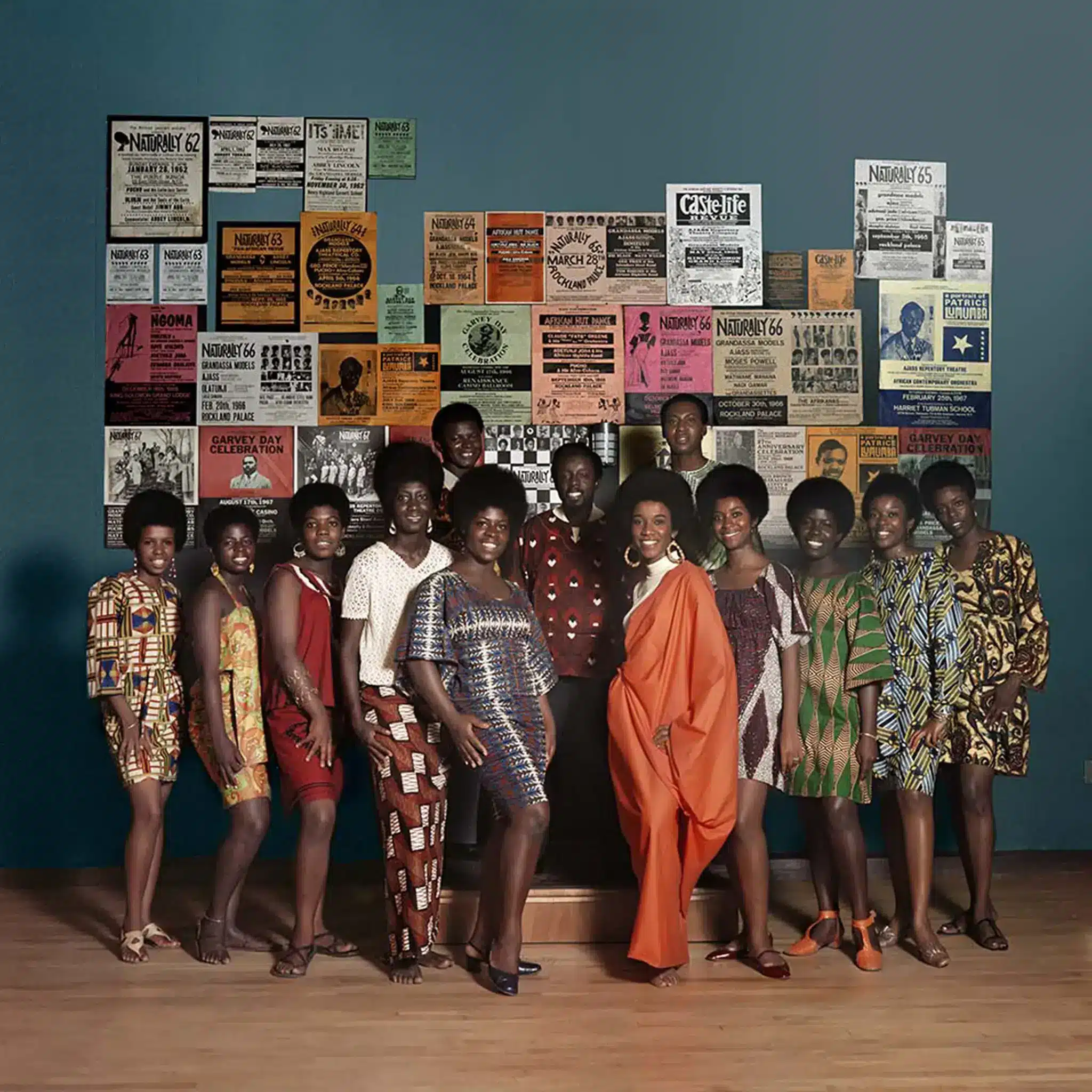
© Kwame Brathwaite
Naturally ’68 photo shoot in the Apollo Theater
featuring Grandassa models and founding members of AJASS.
ca. 1968, archival pigment print 30 x 30 in / 76,2 x 76,2 cm
Courtesy of the Kwame Brathwaite Archive and Philip Martin Gallery, Los Angeles.
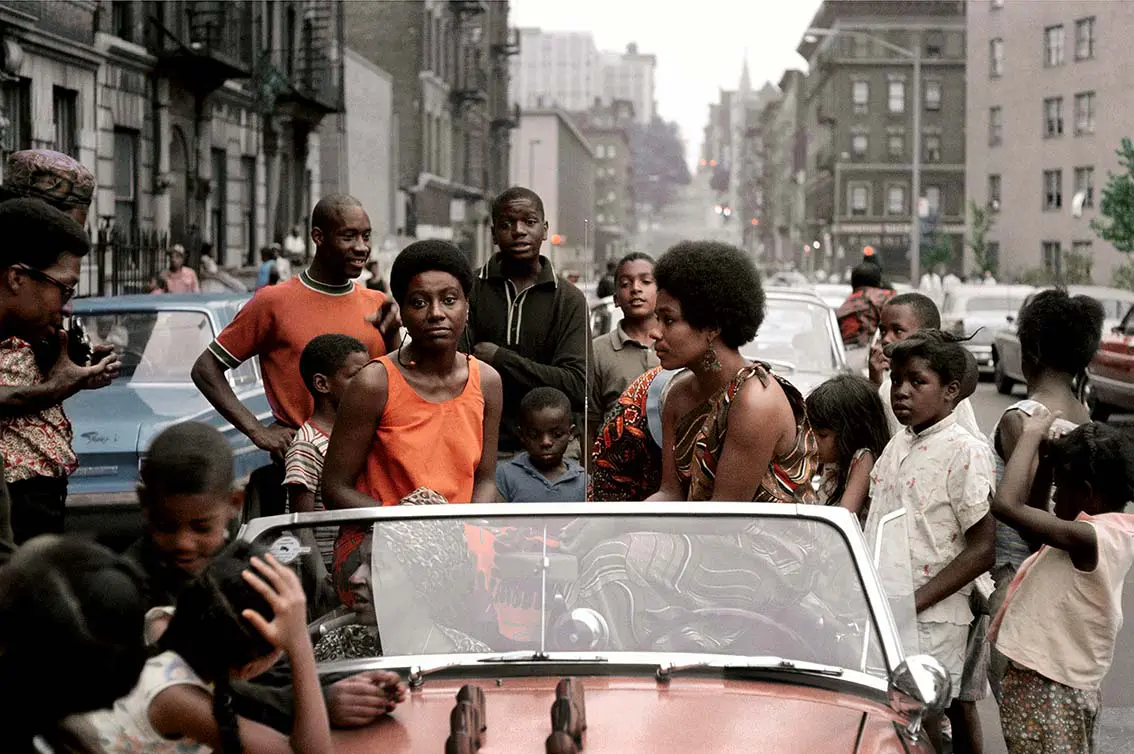
Untitled. Deedee Little, a Grandassa model in car during Marcus Garvey Celebration Day.
ca. 1965, archival pigment print 30 x 40 in / 76,2 x 101,6 cm
Courtesy of the Kwame Brathwaite Archive and Philip Martin Gallery, Los Angeles.
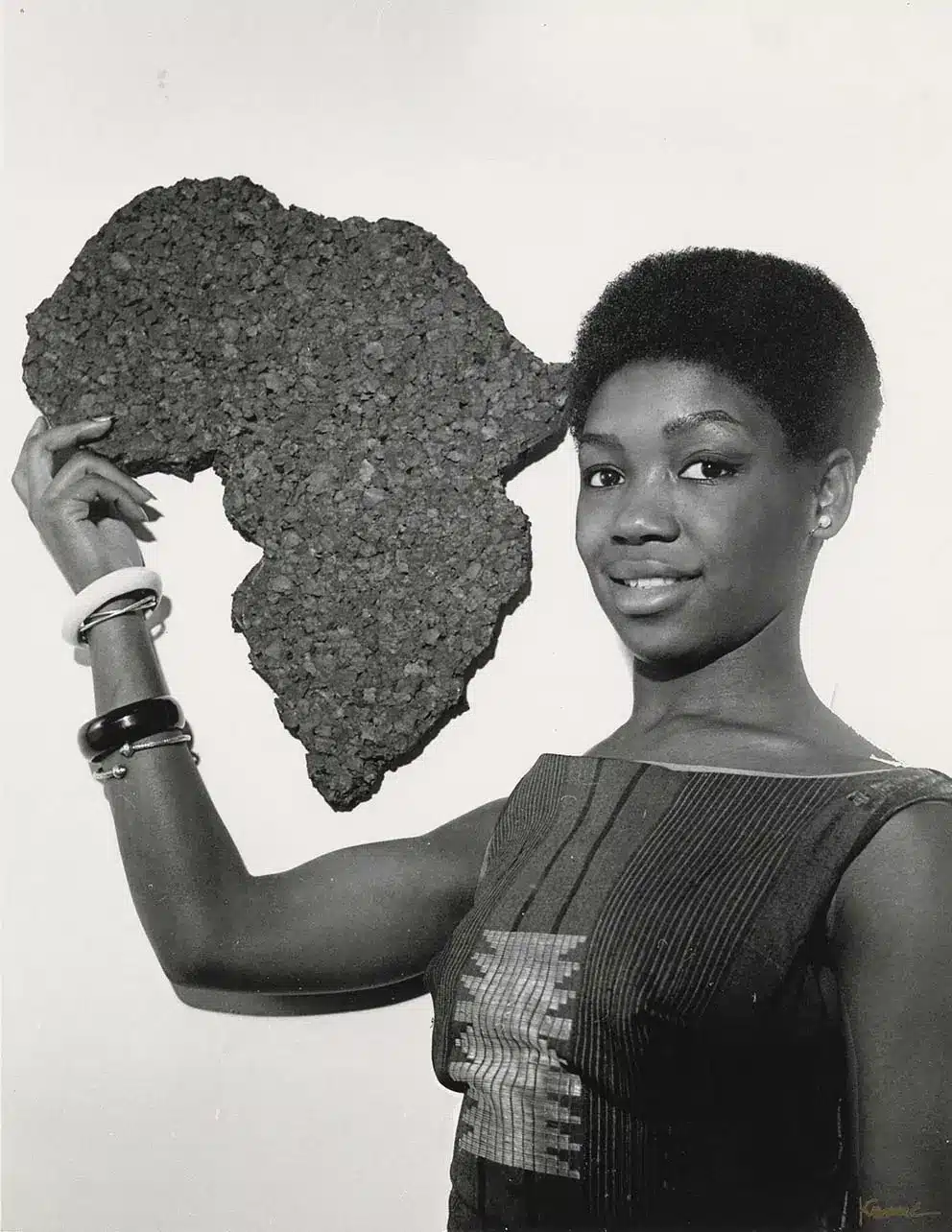
Grandasa model, Helene Brathwaite ‘Nomsa Brath’ points to the Congo, on African continental wall plaque.
ca. 1964, vintage gelatin silver print 14 ½ x 11 in / 36.8 x 27.9 cm
Courtesy of the Kwame Brathwaite Archive and Philip Martin Gallery, Los Angeles.
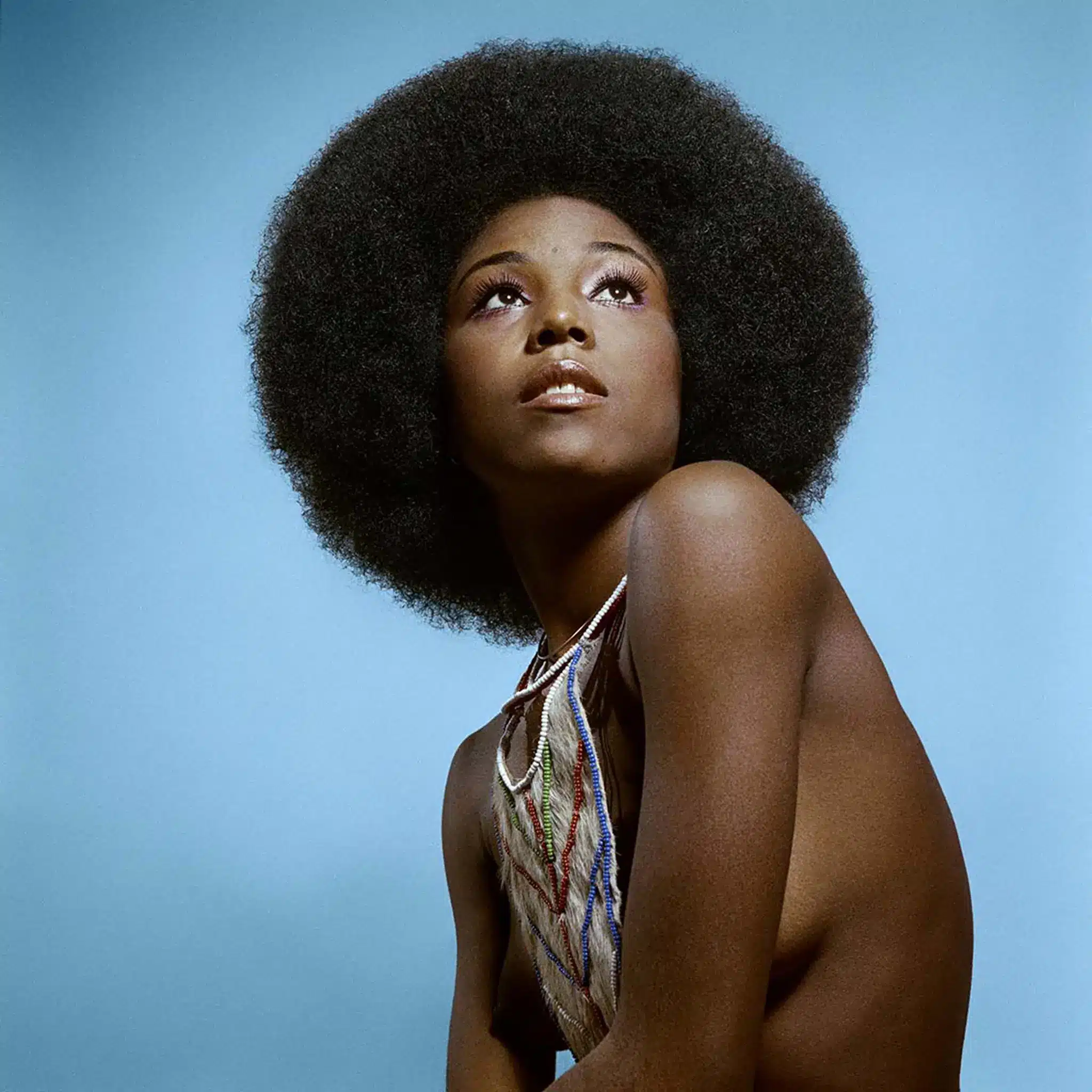
© Kwame Brathwaite
Radiah Frye, a model who embraced natural hairstyles during a photo shoot at the AJASS Studios.
ca. 1970, archival pigment print 30 x 30 in / 76,2 x 76,2 cm
Courtesy of the Kwame Brathwaite Archive and Philip Martin Gallery, Los Angeles.
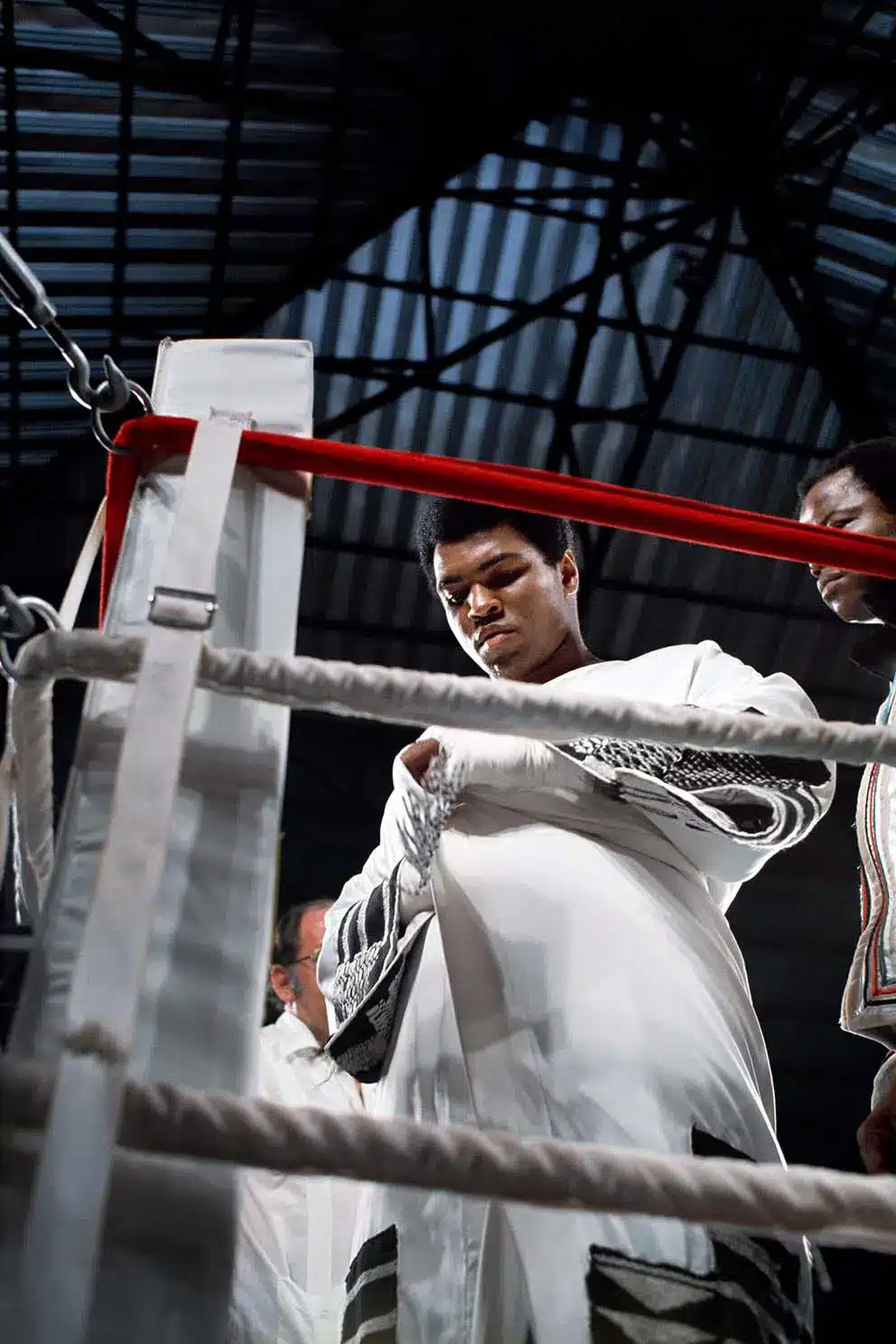
Ali in Ring
October 30, 1974, archival pigment print 40 x 30 in / 101,6 x 76,2 cm
Courtesy of the Kwame Brathwaite Archive and Philip Martin Gallery, Los Angeles.
Public program
Guided tour
in presence of Kwame Brathwaite
/ The Kwame Brathwaite Archive
Saturday 5.07.2025 at 15:00
Informations and booking
+33 (0)4 22 21 52 12
ou
+33 (0)4 22 21 52 14
sbostanci@villedemougins.com centrephotographie@villedemougins.com
Storytelling tours :
A story for children, conceived and told by our mediator, guides you through the world the artist’s world.
Miss Harlem Naturally ’62
On the stage of the legendary Apollo Theater, a grand fashion show and concert is being prepared… Natural beauty, powerful voices, proud looks: who will be your Miss or Mister Harlem? Through Kwame Brathwaite’s photographs, you will see models, singers, musicians… and a surprise guest. Vote for your favorite and leave with a collector’s card.
Sundays
Sundays
November 2
December 7
January 4, 2026
16:00 → 16:20
Ages 6 and up.
Free admission on the first Sunday of the month.
Conference
“The Spirits of our ancestors”: Pan-Africanism, politics, art, and spirituality in the United States.
With Pauline Guedj, lecturer, Department of Anthropology, Lumière Lyon 2 University.
Friday, November 21
18:00 → 19:30
Free admission
Discussion
“Colored Only! Chin Up!”: African descent and self-esteem.
With Hélène Jayet, photographer and visual artist, Hélène Croisonnier, regional education inspector (IA-IPR), and Marie-Ann Yemsi, director of the Villa Arson art center.
Wednesday, December 3
18:00 → 19:30
Free admission
Cahiers #9
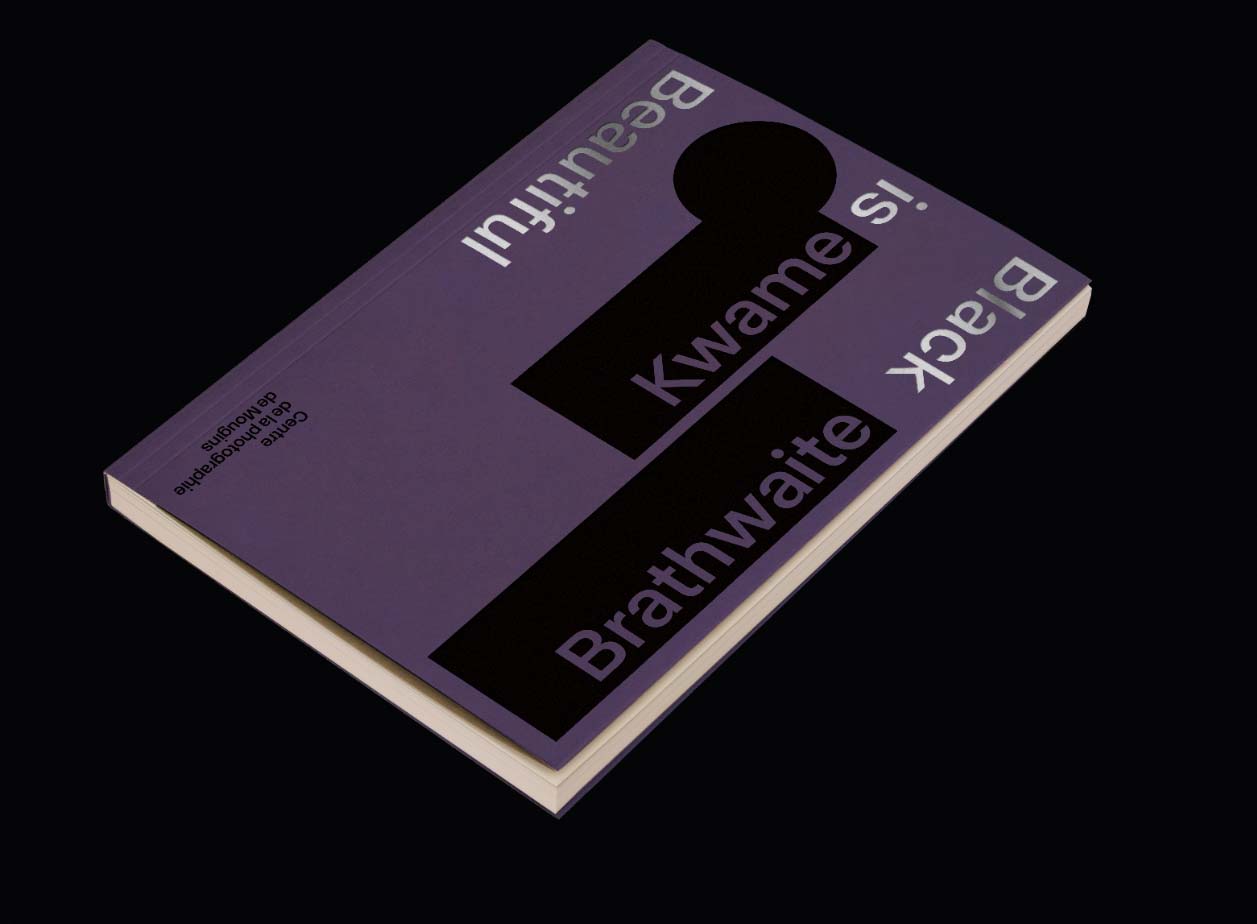
Black is Beautiful
Kwame Brathwaite
Auteur.e.s : Yasmine Chemali, François Cheval,
Publishing: juin 2025
Bilingual Français / Anglais
Traductions: Jennetta Petch, Sandra Hübschen
Editorial services : Elsa Hougue
Graphic design : Le Petit Didier
192 pages
29 €
On sale at the Mougins Center of Photography store.
Expositions passées
- Date





